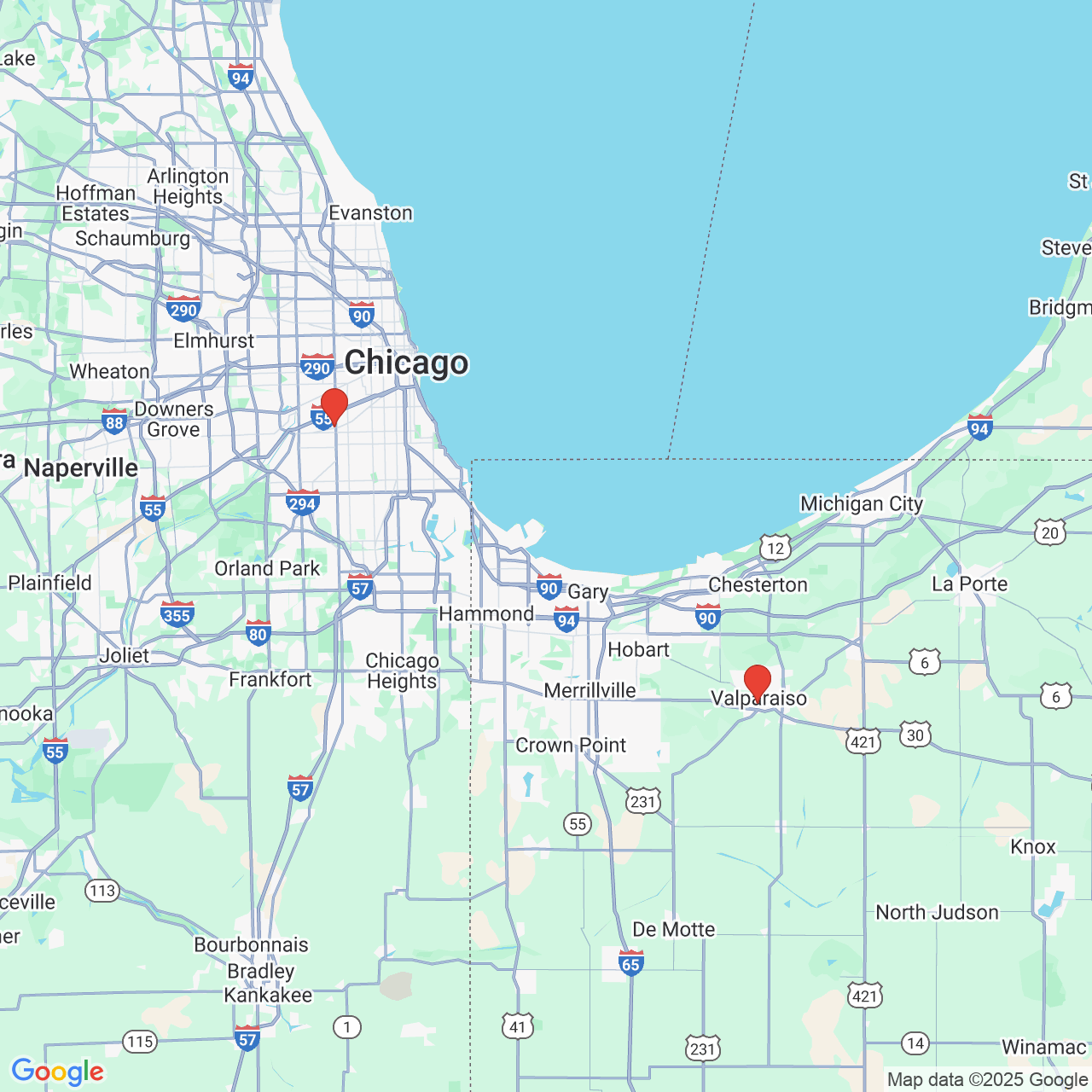Spotlight on Glaucoma
The Big Picture
On High Eye Pressure and Glaucoma
 When you learn you have higher pressure in the eye, or glaucoma, it can be very unsettling. Glaucoma is the leading cause of preventable blindness and many patients do not know they have glaucoma until it is very late in the vision loss stage.
When you learn you have higher pressure in the eye, or glaucoma, it can be very unsettling. Glaucoma is the leading cause of preventable blindness and many patients do not know they have glaucoma until it is very late in the vision loss stage.
The more you know about eye pressure and glaucoma, the more confident you will feel in your treatment options.
Today’s Chicago Total Eye Care Specialists Blog at Primary Eye Care Associates tells you what to expect and what you can do to help receive the best care and outcome.
What is Glaucoma?
Glaucoma is the leading cause of preventable blindness in the world. At Primary Eye Care Associates in Chicago we start testing for glaucoma as young as age two because early awareness of high pressure in your eye is a risk for glaucoma.
The difference between high eye-pressure and glaucoma.
Glaucoma: There are several types of glaucoma, a disease that ultimately damages the nerve that carries what you see to the back of the brain (the optic nerve). When the nerve is damaged, it cannot transmit information to the brain for vision processing. This results in permanent blindness.
High Eye-Pressure: At your eye health and vision examination, typically your eye pressure is measured with a “tonometer”. A puff of air, or a pen like looking instrument that gently touches your eye to measure and gauge your eye pressure. Normal readings for the human eye pressure are 21 millimeters of mercury or lower. The pressure varies during the time of day and will vary between the right and left eyes. For example, during your visit Dr. Chander may report your eye pressure to you as being 12 in the right eye and 16 in the left. These would be considered normal eye pressures. The time of day is always recorded because the pressure varies at different times of the day about 4 units plus or minus.
pressure. Normal readings for the human eye pressure are 21 millimeters of mercury or lower. The pressure varies during the time of day and will vary between the right and left eyes. For example, during your visit Dr. Chander may report your eye pressure to you as being 12 in the right eye and 16 in the left. These would be considered normal eye pressures. The time of day is always recorded because the pressure varies at different times of the day about 4 units plus or minus.
The clear fluid in the eye circulates to nourish the inside of the eye and it drains into your blood stream and the tears in your eyes. The pressure in the eye rises if the drainage is slower and/or the fluid is being produced in excess for adequate drainage, so the pressure in the eye rises. This higher pressure starts to literally press and choke the nerve of the eye.
Normal Pressure Glaucoma: The optic nerve is still getting damaged even though the eye pressure is measuring normal. (between 4 and 21) This means what is a normal pressure for most patients, is too high for a patient with normal tension glaucoma and they are losing their eyesight. This may be related to poor blood flow to the eye nerve (optic nerve) or other genetic factors.
The main problem: Patients generally do not feel high eye pressure. Unlike when you blood pressure is high, there are no symptoms to glaucoma. High blood pressure patients may have headaches or other symptoms. Only when the pressure is extremely high (40 or higher) will some patients experience a fogging of blurring or pain in the eyes itself. Most cases of glaucoma, patients maintain clear 20/20 vision.
Stay tuned for part two of our blog on glaucoma from Chicago’s most educational eye care clinic-Primary Eye Care Associates and the total eye care specialists’ team.


